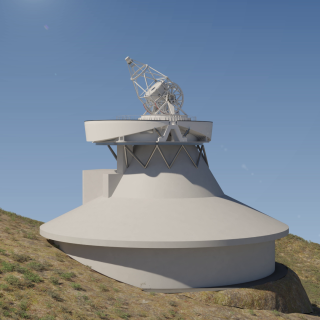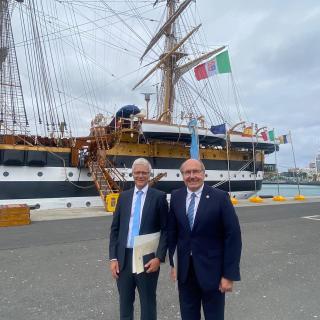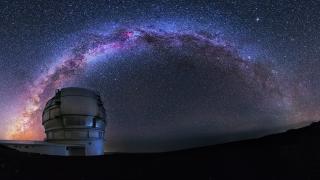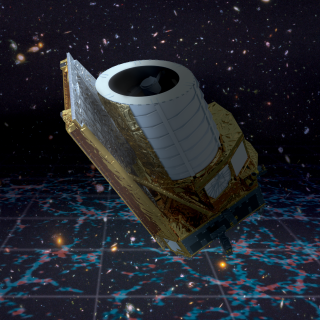
From 25 to 28 July, the workshop " China-Spain collaboration on astronomical high-resolution spectroscopy" will be held in Fuencaliente (La Palma). Its aim is to consolidate scientific collaboration between China and Spain in astronomy, especially in the context of the technological development of the CHORUS instrument and its applications in different fields of astrophysical research. CHORUS (Canary Hybrid Optical high-Resolution Ultra-stable Spectrograph) is a high spectral resolution ultra-stable spectrograph for the Gran Telescopio Canarias (GTC or Grantecan) being developed by the
Advertised on




